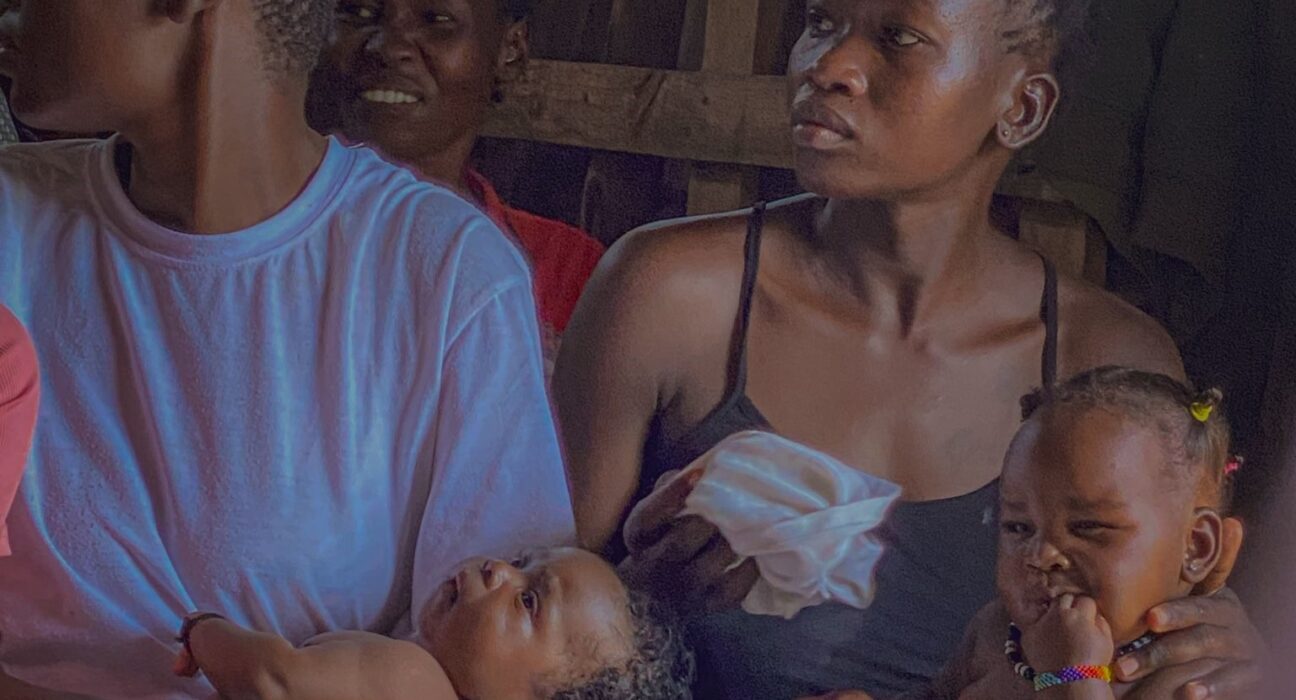Kenya has reduced teenage pregnancies slightly, however, the problem remains serious. Many girls still face early motherhood due to poverty and weak support systems.
Recently, data has shown a national decline in cases. In 2024, 241,228 girls aged 10–19 visited antenatal clinics for the first time. This marked a drop from 253,377 in 2023. Specifically, pregnancies among 10–14-year-olds fell by 14.4%. Meanwhile, cases among 15–19-year-olds dropped by 4.3%.
Despite these gains, some counties still report high numbers. For instance, Nairobi, Kakamega, Narok, and Bungoma lead in teenage pregnancies. Nairobi alone accounts for 6.1% of the cases. Clearly, these figures show the need for targeted interventions.
Several factors, however, continue to drive the crisis. To begin with, poverty pushes girls into early marriages or transactional relationships. Additionally, cultural practices and stigma around contraception stop many from seeking help. Moreover, limited sex education leaves teenagers uninformed about reproductive health. As a result, some pregnancies go unreported as girls avoid clinics or seek care late.
In response, the government and partners are stepping up efforts. The National Adolescent Sexual and Reproductive Health Policy promotes youth-friendly services and education. Furthermore, Narok County has created task forces to track data and target interventions. Similarly, in Kisumu, joint efforts have reduced teenage pregnancies over the past five years.
Even so, experts warn that more action is needed. Kenya must expand access to contraception and support young mothers to return to school. Equally important, families and schools should openly discuss reproductive health to fight stigma.
Ultimately, without stronger action, teenage pregnancies will continue to rob thousands of girls of education and opportunities. Therefore, ending this crisis requires consistent effort and collective responsibility.
Also read: Arsenal Rally to Beat Newcastle in Dramatic Comeback



